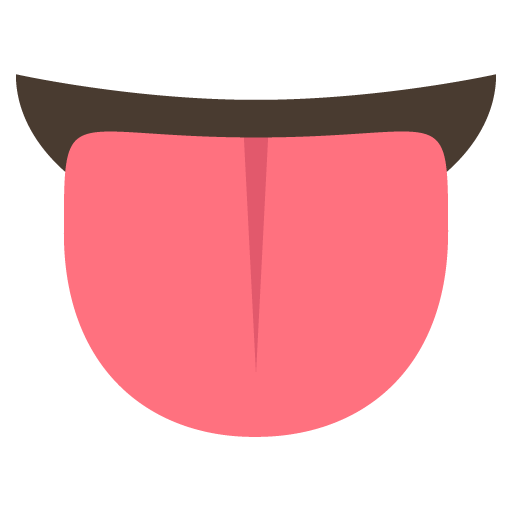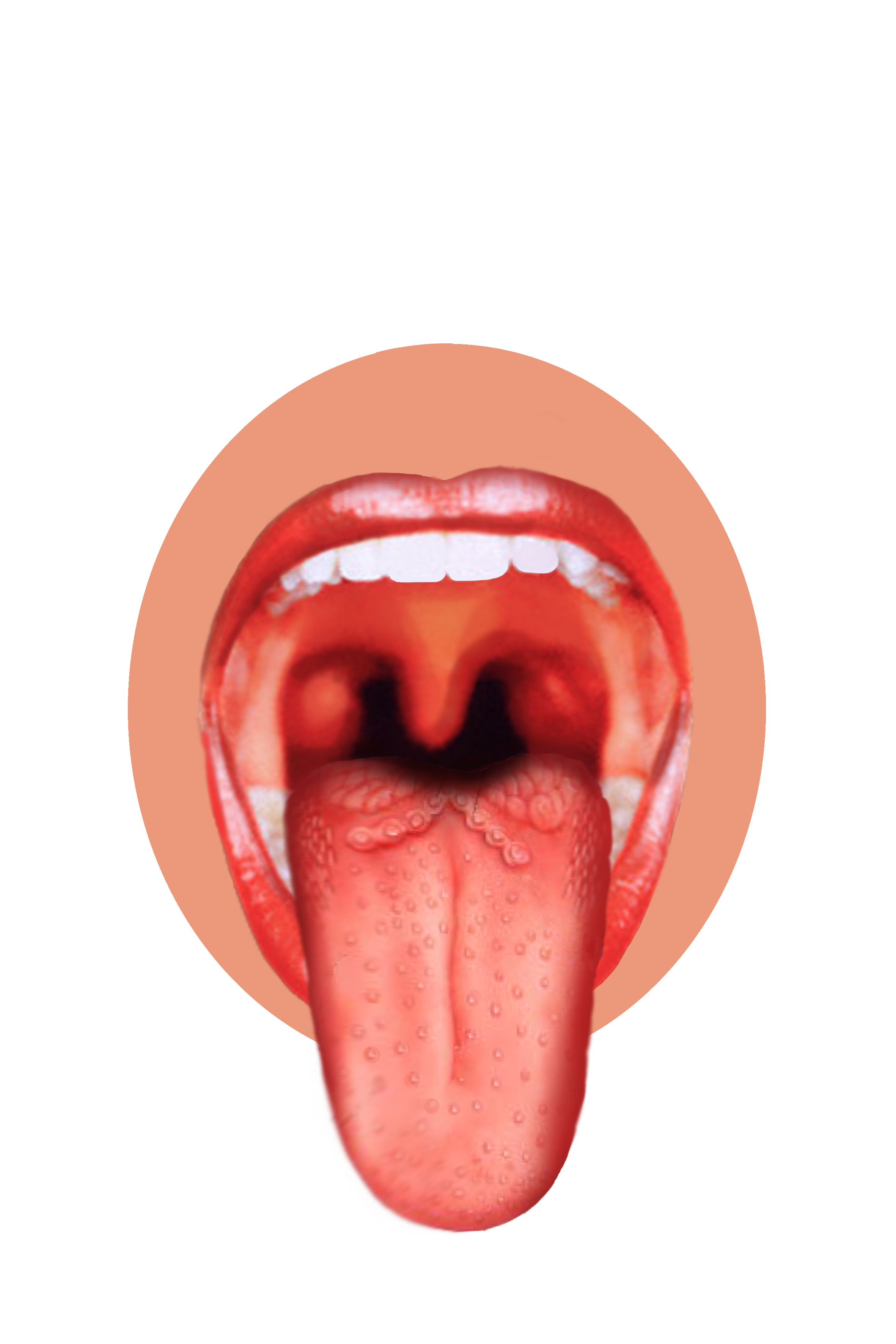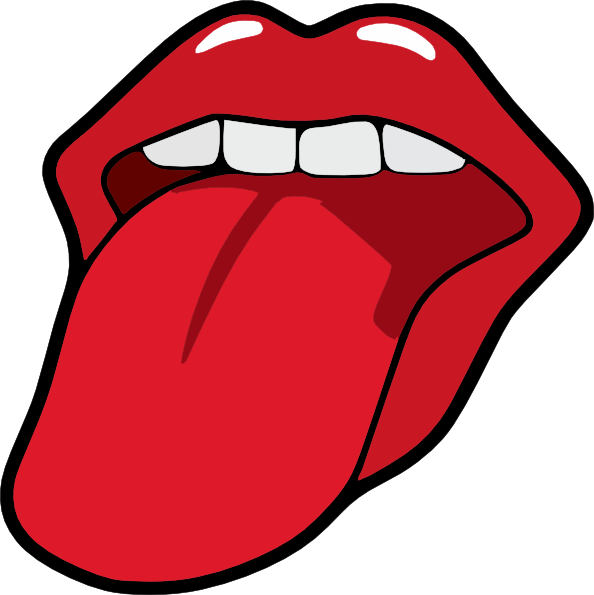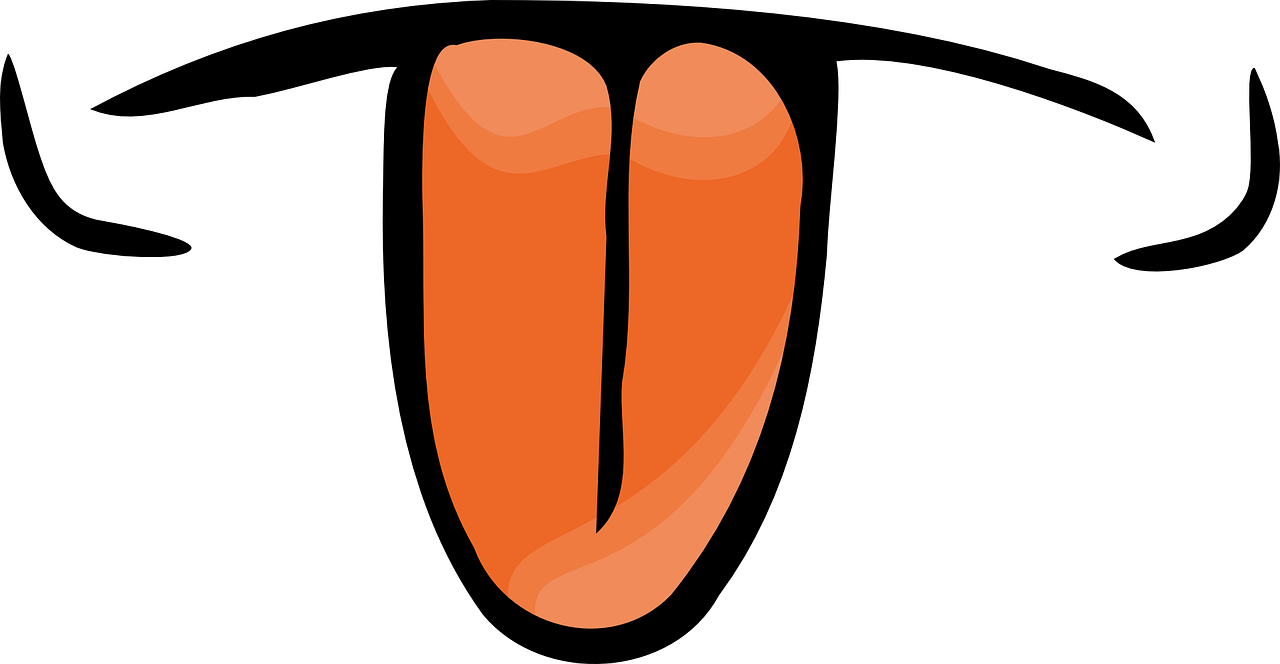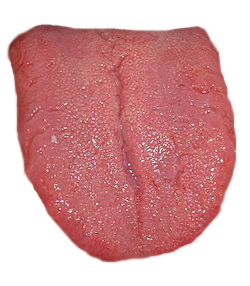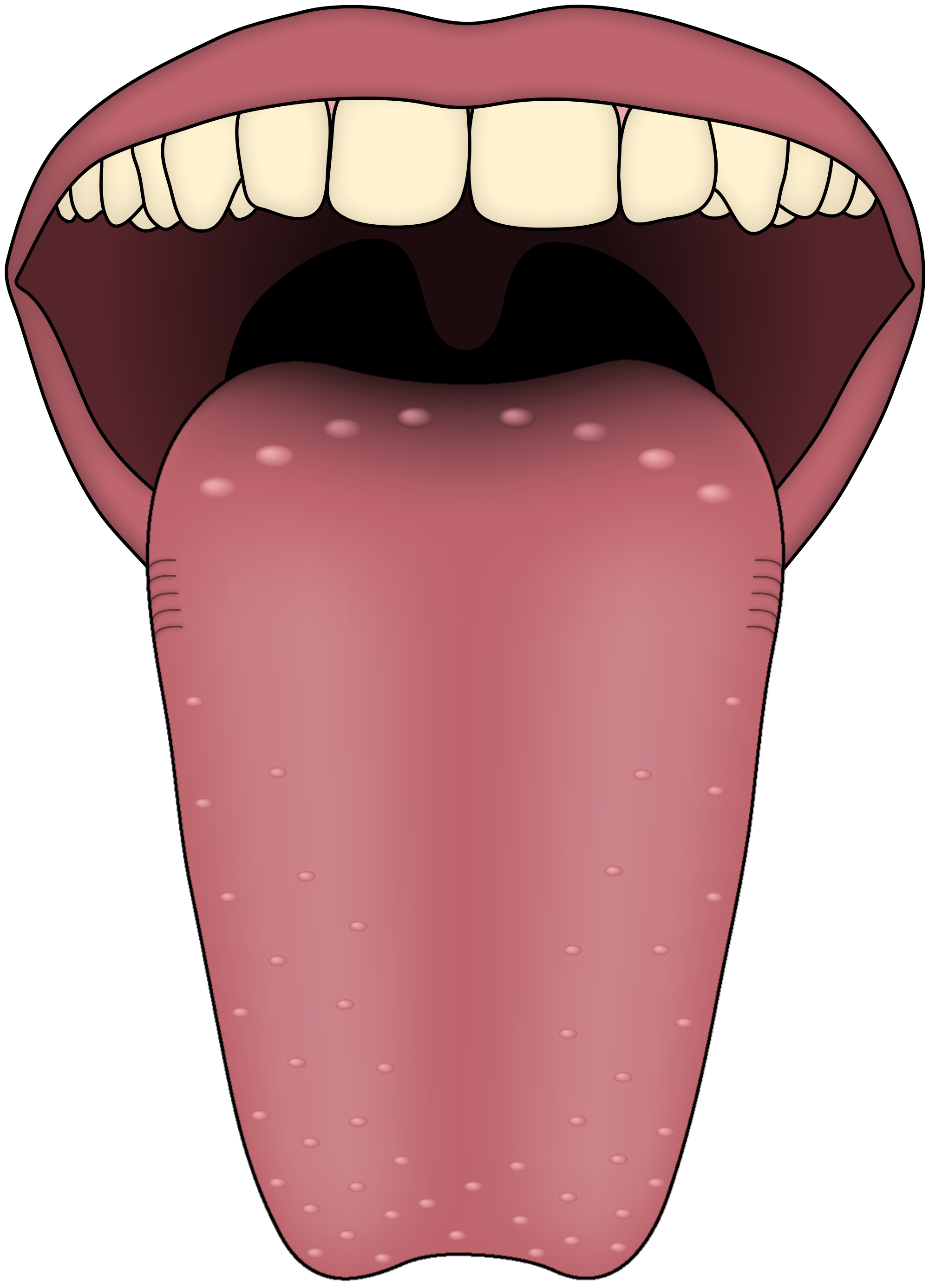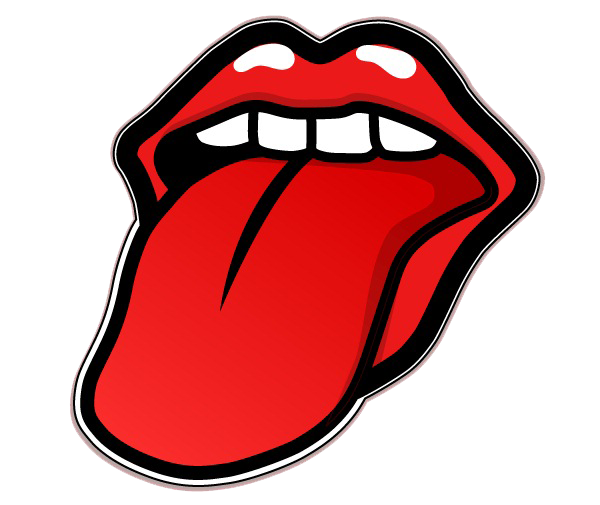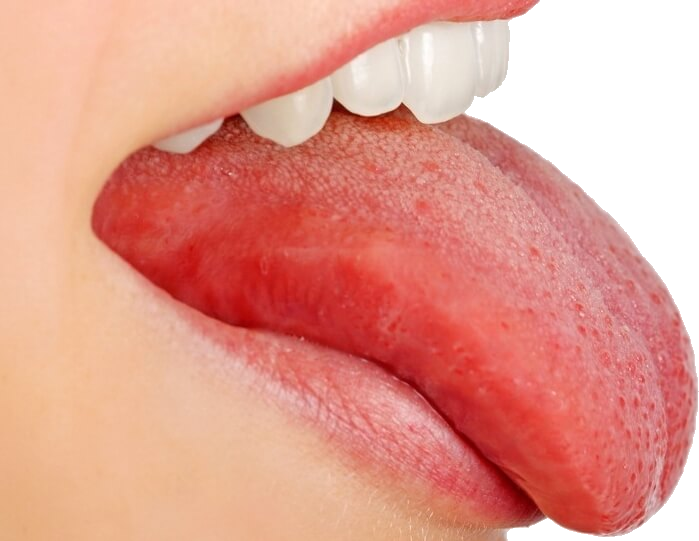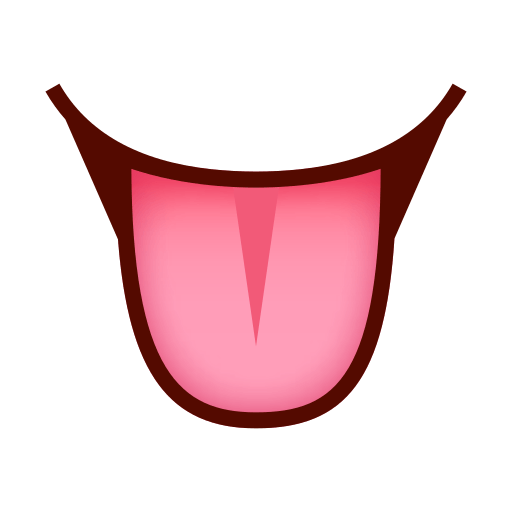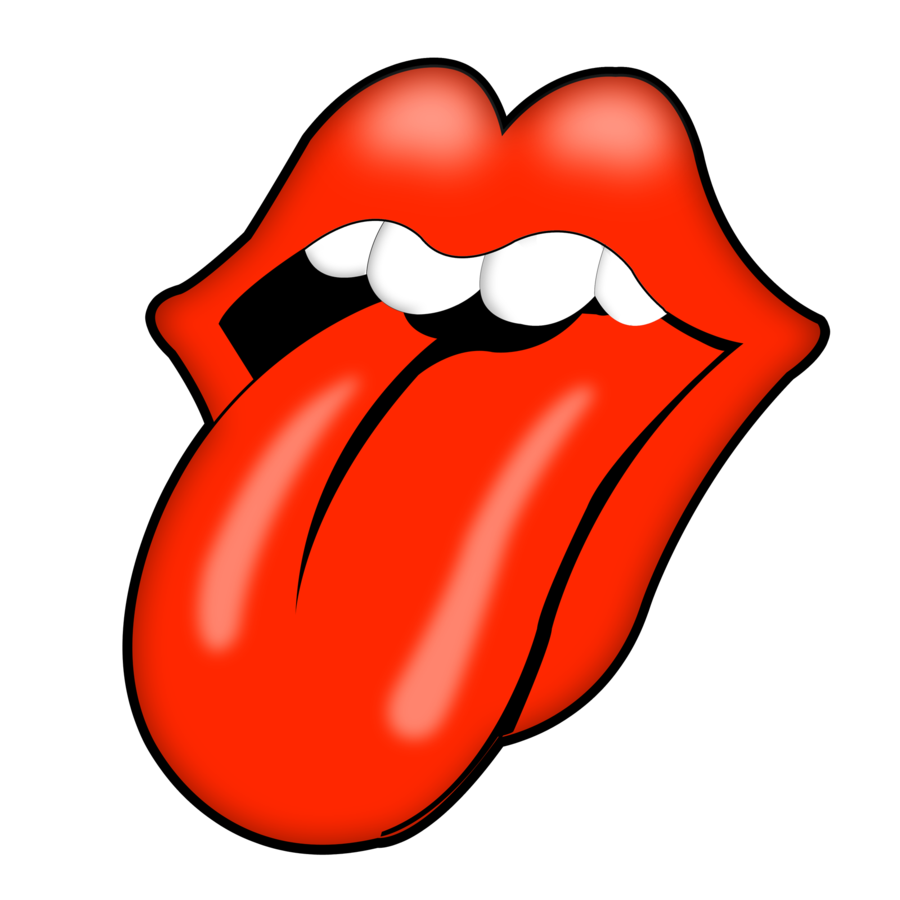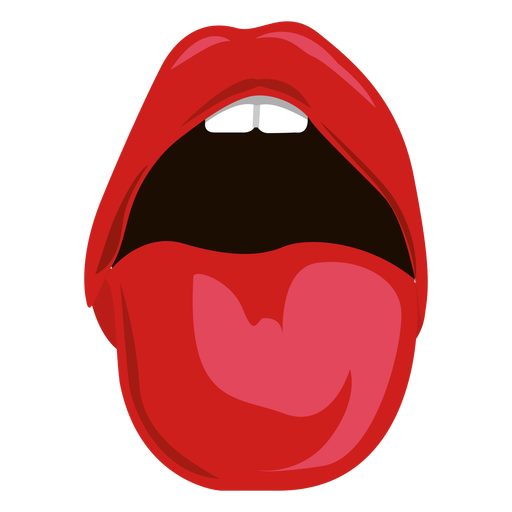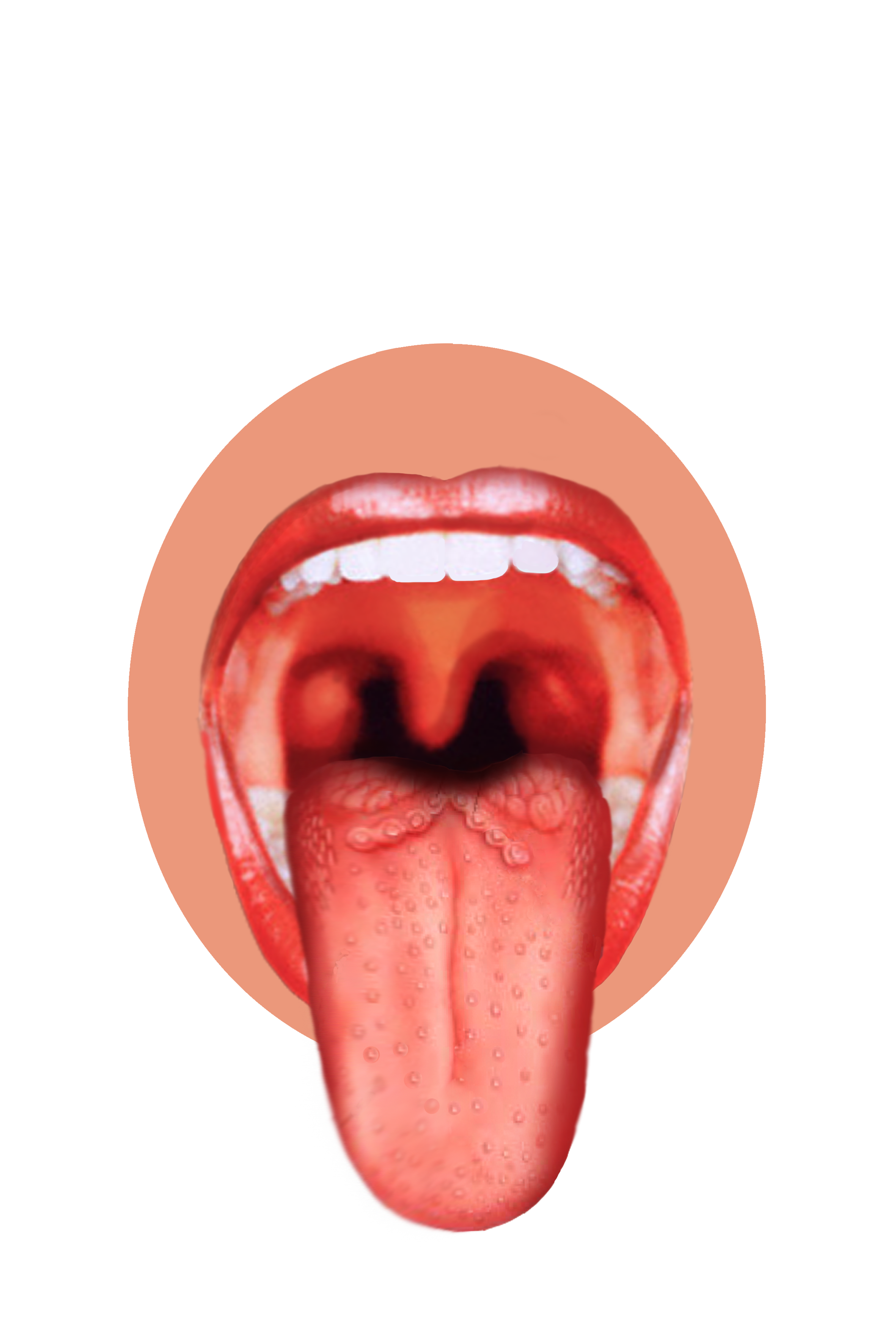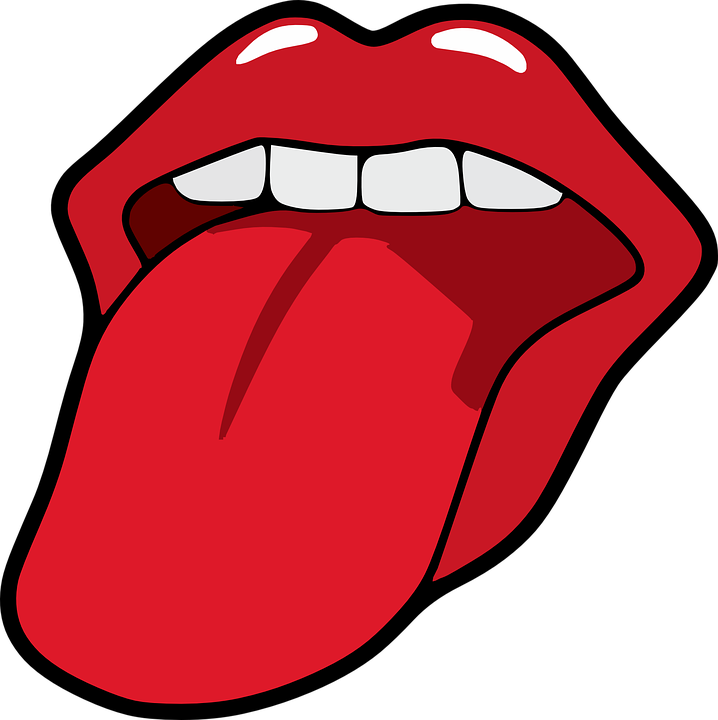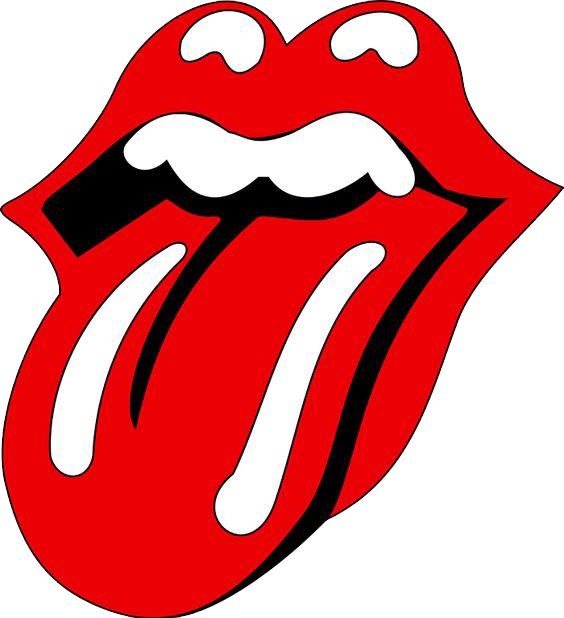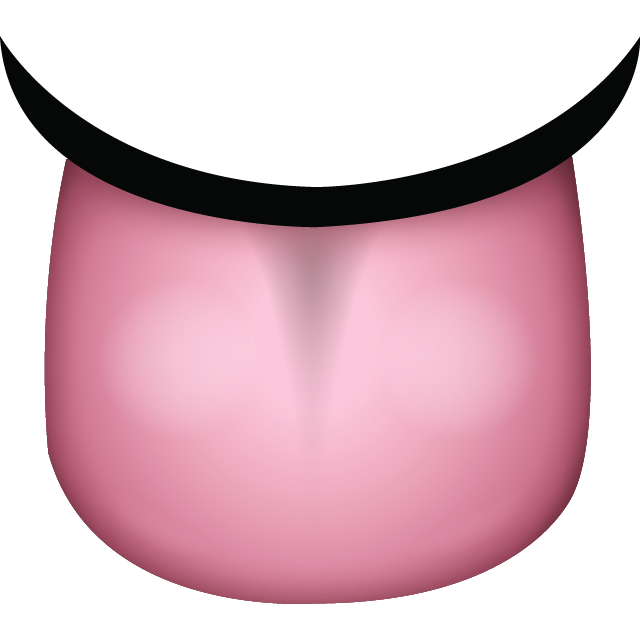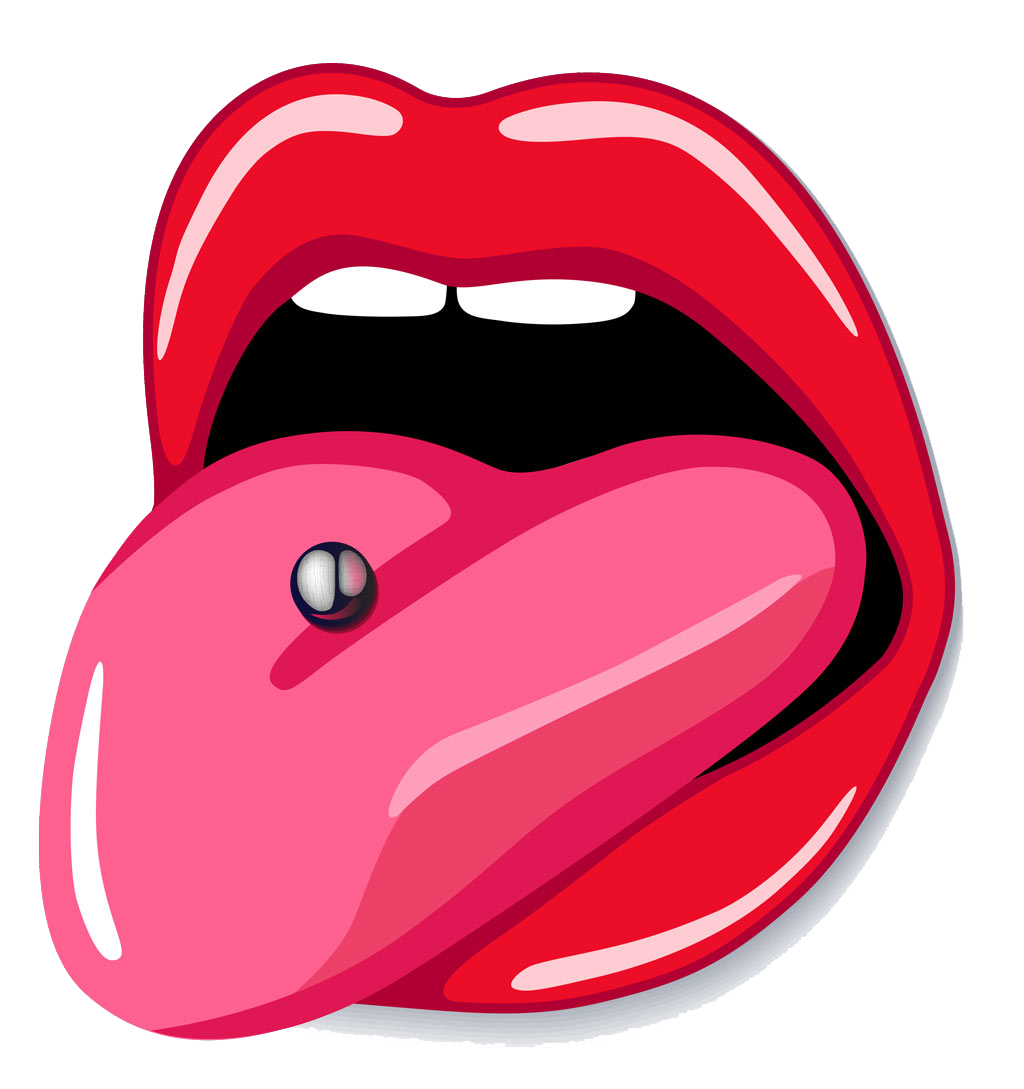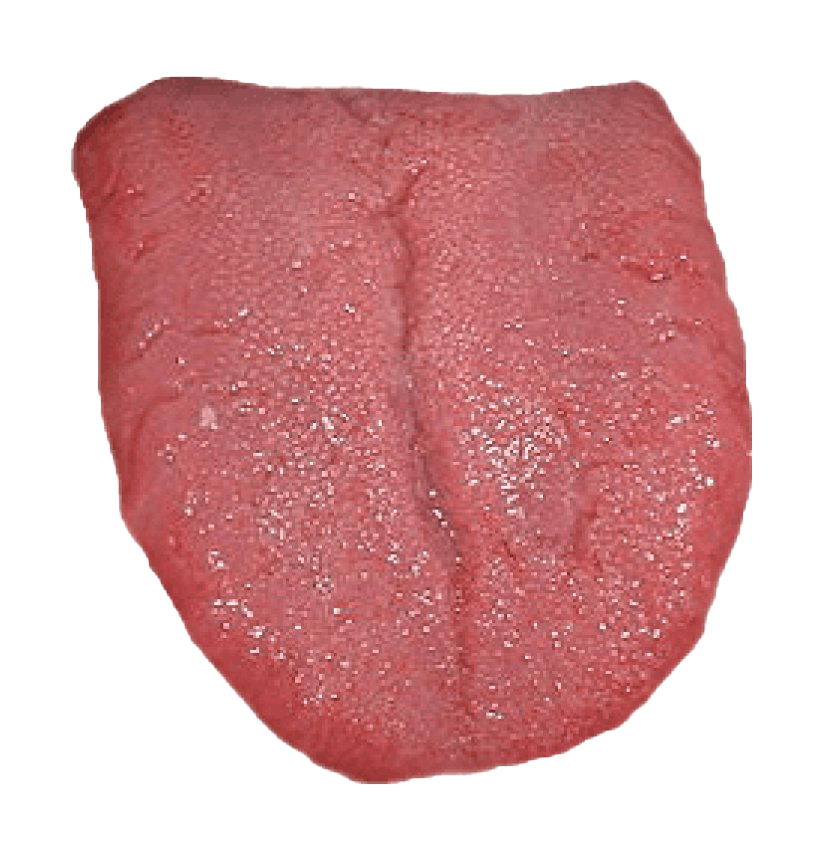Download free Tongue PNG Transparent Images, vectors, and clipart for personal or non-commercial projects. Ideal for any design or creative projects. To view the full PNG image in its original resolution, simply click on any of the thumbnails below.
The tongue is a muscular organ in the mouth of most vertebrates that manipulates mastic food and is used for swallowing. It is important for the digestive system and is the main organ of taste in the gustatory system. The upper surface of the tongue (dorsum) is covered with taste buds located in many of the lingual papillae. It is sensitive, moisturized with saliva and rich in nerves and blood vessels. The tongue also serves as a natural means of cleaning the teeth. The main function of language is to enabling the speech in humans and vocalization in other animals.
The human tongue is divided into two parts: the oral part in the front and the pharyngeal part in the back. The left and right sides are also separated over most of its length by a vertical incision of fibrous tissue (lingual septum) leading to a groove, median sulcus on the surface of the tongue.
There are two muscle groups on the tongue. The four internal muscles reshape the tongue and do not attach to the bone. The four paired external muscles change the position of the tongue and attach to the bones. The language of this word comes from Old English tunge, which comes from the Proto-Germanic * tungōn. It has cognates in other Germanic languages — for example, Tong in West Frisian, Dutch, and Afrikaans, Zunge in German, Tunge in Danish and Norwegian, and Tunga in Icelandic, Faroese, and Swedish. The ue ending of the word appears to be a fourteenth-century attempt to show “correct pronunciation,” but it is not “etymological or phonetic.” Some used tunge and tonge as early as the sixteenth century.
The tongue is a muscular hydrostat that forms part of the floor of the oral cavity. The left and right sides of the tongue are separated by a vertical section of fibrous tissue known as the lingual septum. This division runs along the length of the tongue save for the very back of the pharyngeal part and is visible as a groove called the median sulcus. The human tongue is divided into an anterior and posterior parts by the terminal sulcus which is a V-shaped groove. The apex of the terminal sulcus is marked by a blind foramen, foramen cecum, which is a remnant of the median thyroid diverticulum in early embryonic development. The anterior oral partis the visible part located in front and is approximately two-thirds of the tongue’s length. The posterior pharyngeal part is the part closest to the throat, about a third of its length. These parts differ in terms of their embryological development and nerve supply.
